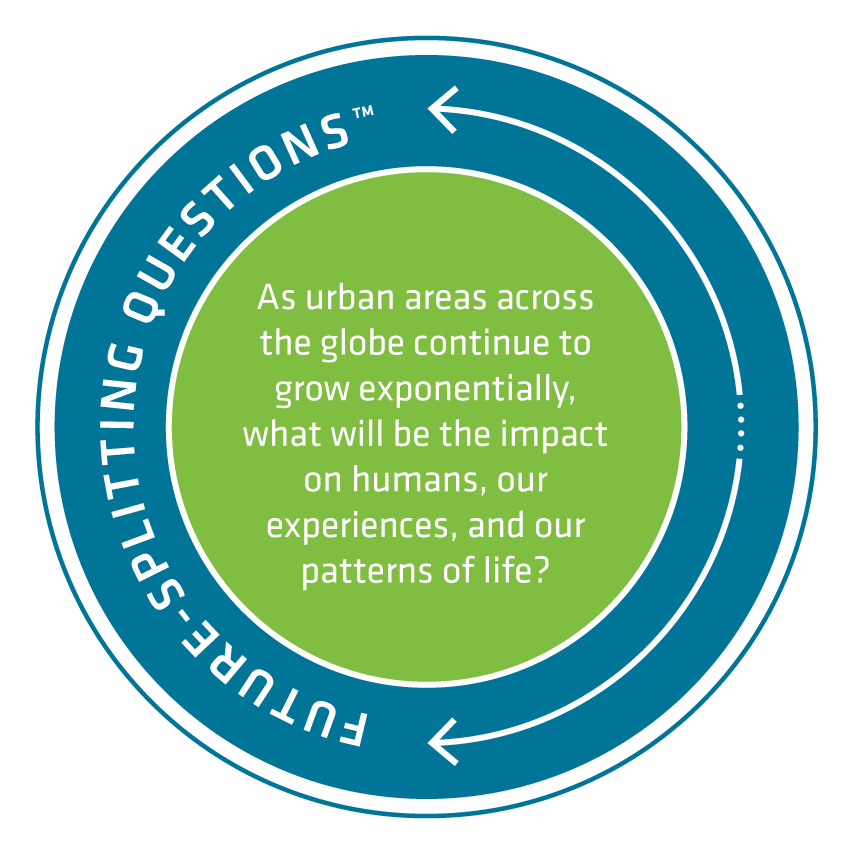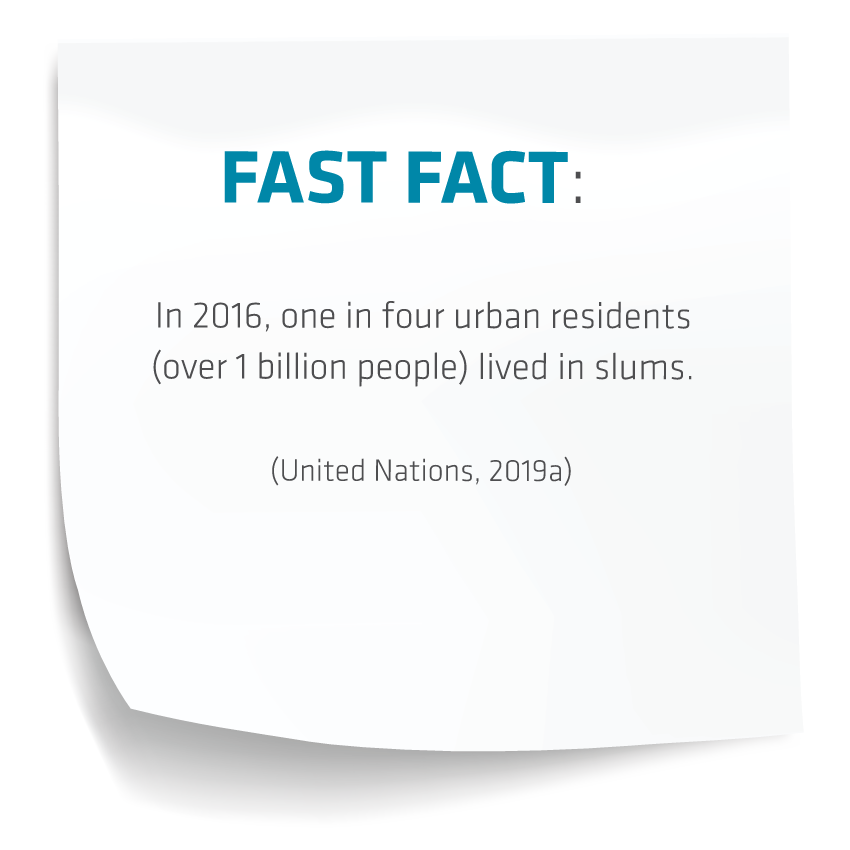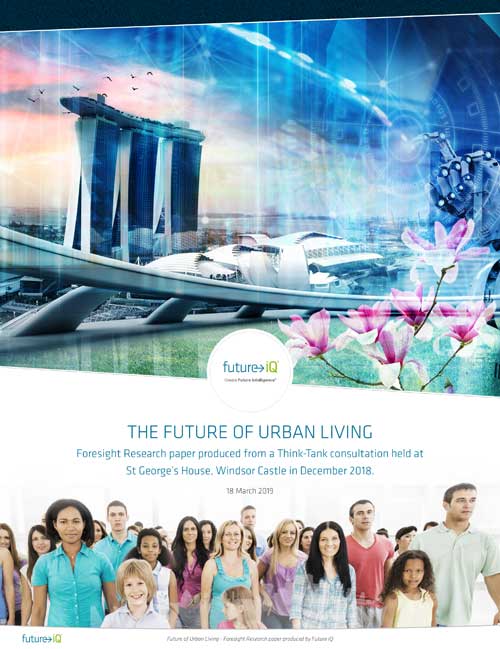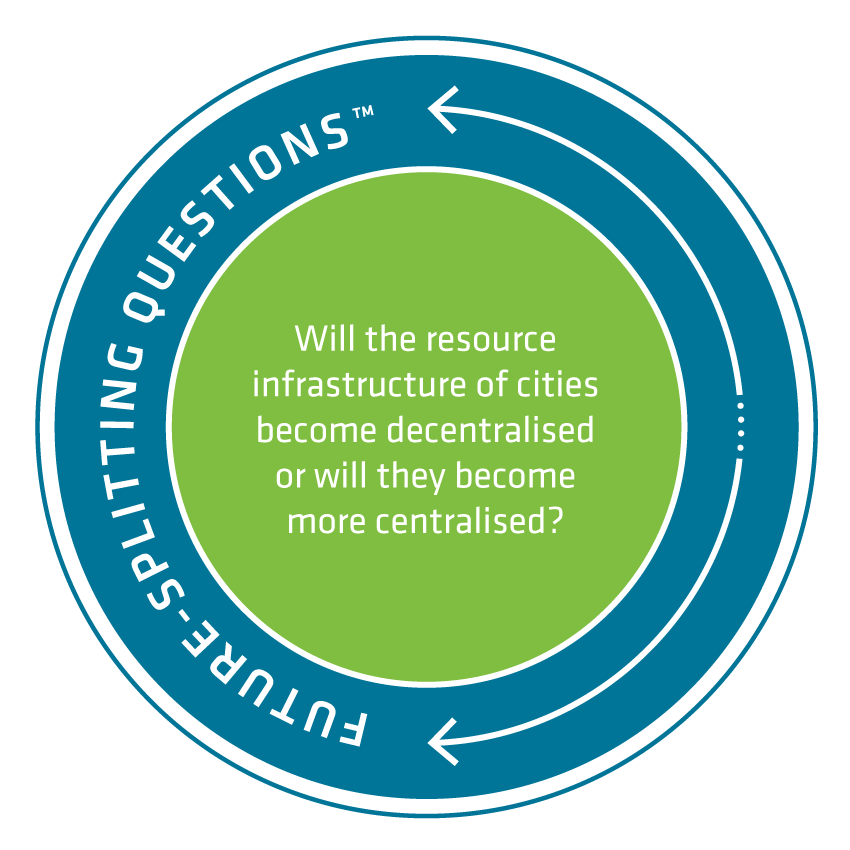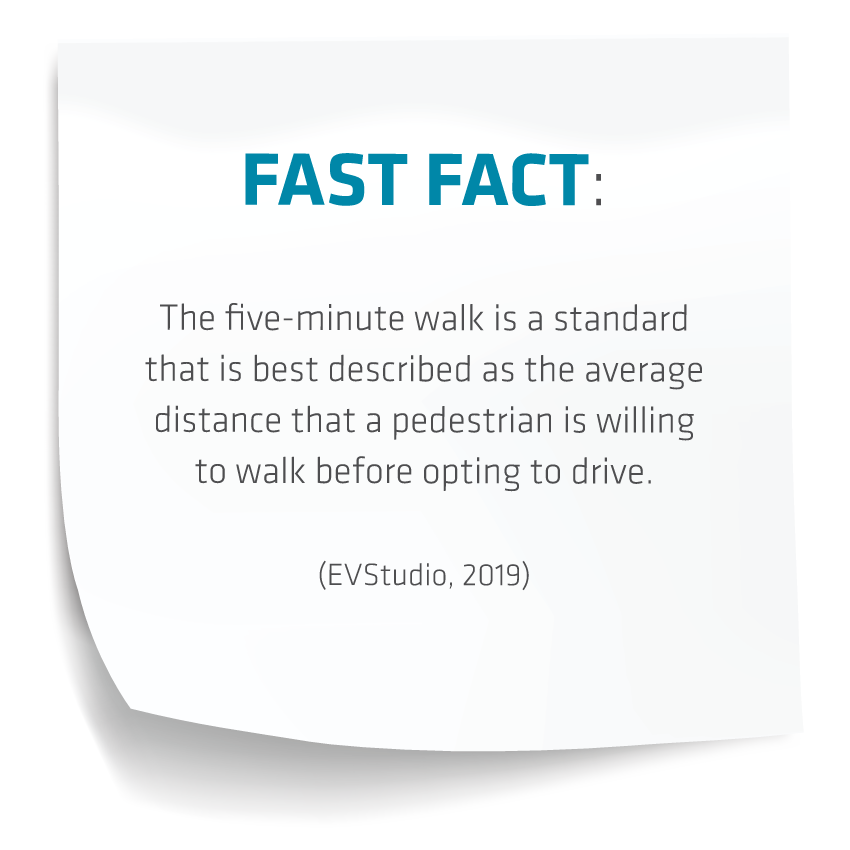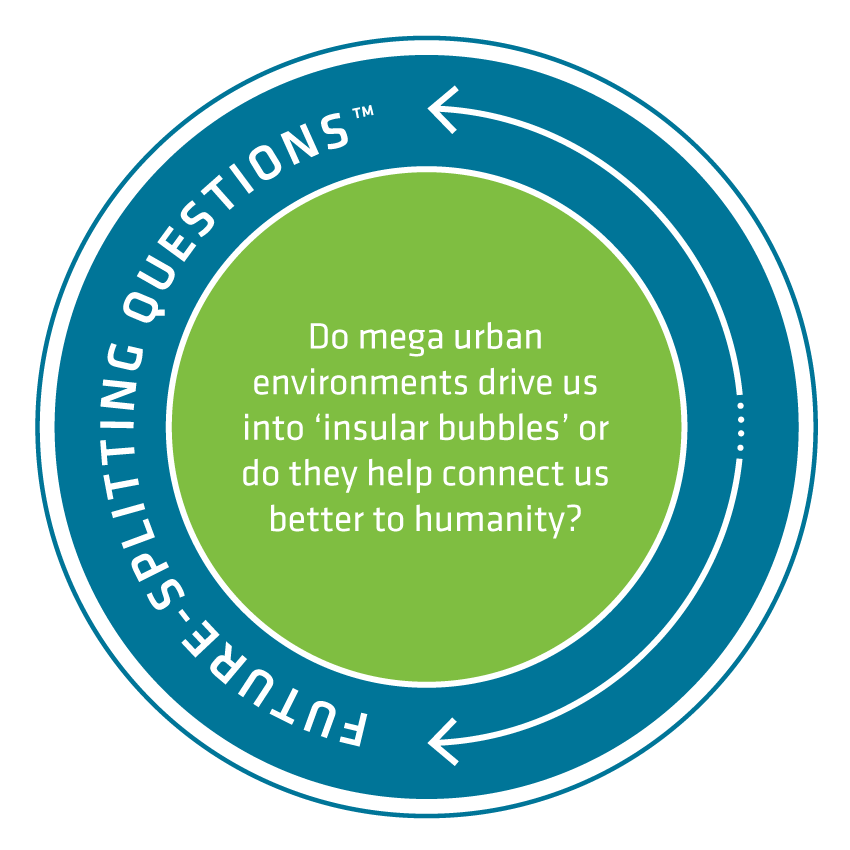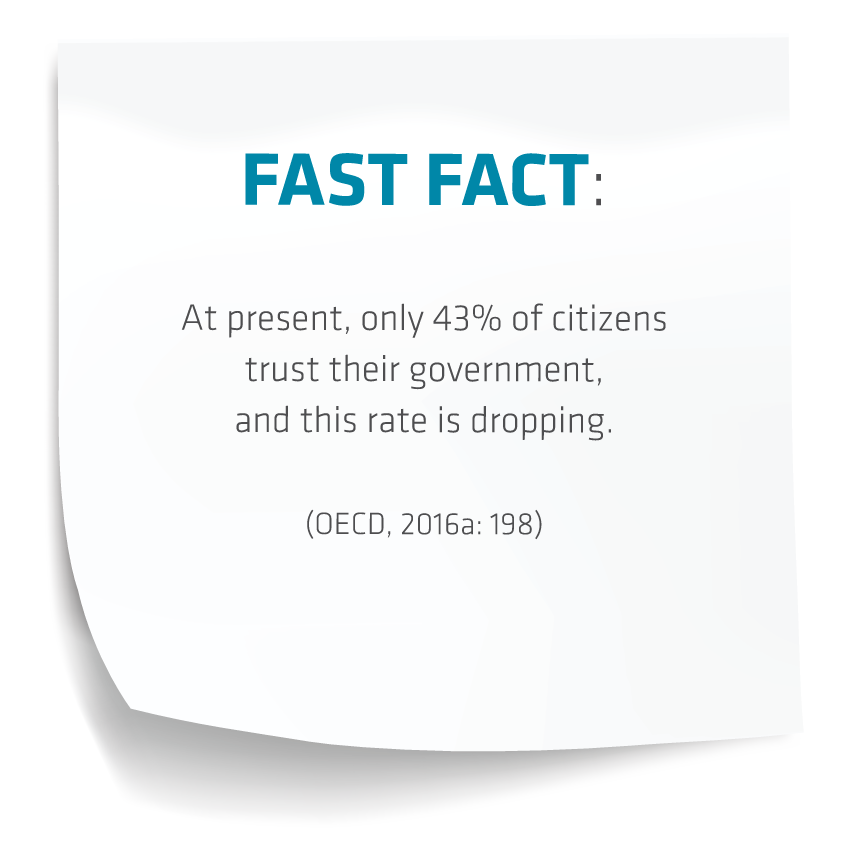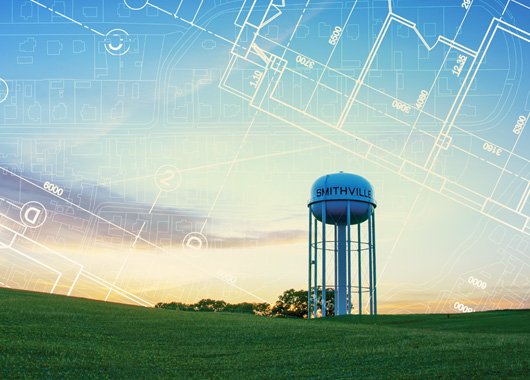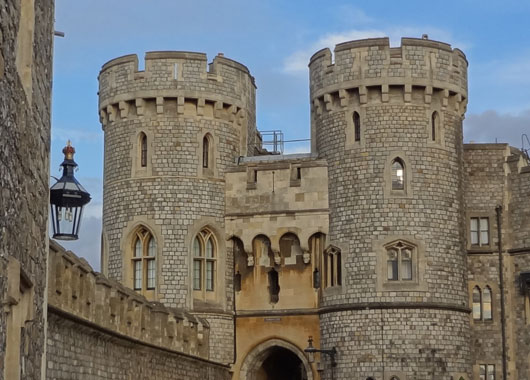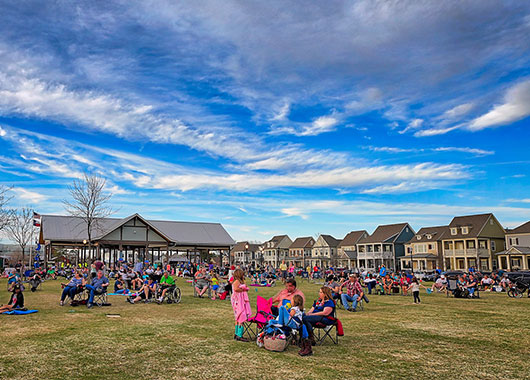On the current trajectory, by 2050 the urban population is estimated to be 6.3 billion, which will be 66% of the world’s projected population (World Urbanization Prospects Report 2014: United Nations). Currently 54% of the global population already live in cities, with a further three million people per week moving to urban centers globally (World Migration Report 2015: International Organization for Migration). This transformation is having massive impacts on cities, as they expand into metropolises, and as people live in greater concentrations than ever before in history. In developed countries, the impact is more extreme with forecasts of urban population to be 90% or more of the total country population, in many countries. These changes, from 1950 to 2050, can be seen on the excellent visualization created on UNICEF’s ‘An Urban World Map’
Future of Urban Living
When we think of human evolution, we often picture homo sapiens wandering around the savannah. However, something remarkable is happening. Between 1950 and 2050 humanity is making a massive pivot from being a primarily agrarian rooted species to an urban dwelling species. And this pivot is accelerating.
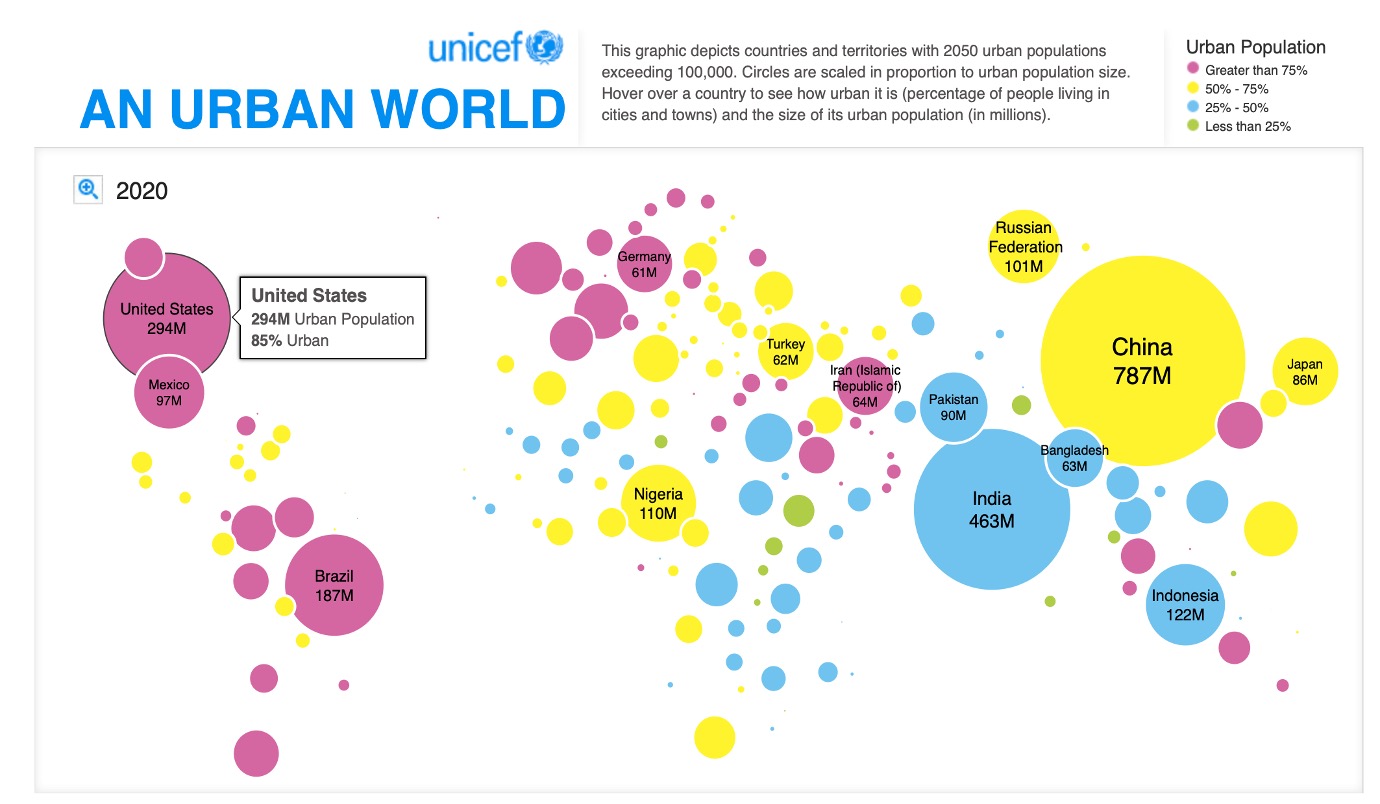
The changes, from 1950 to 2050, are remarkable. This map shows the increasing concentration of humanity into large urban populations.
While this is dramatic in impact and sheer scale, it is really only an amplification of long-term trends. As cityscapes become cleaner, and services, employment and entertainment are concentrated, mega cities have become more appealing and livable. And the current leaps being made in transportation, building technology, urban design and city planning are only making modern cities more livable. Cities and their inhabitants are now becoming one of the most influential factors shaping the future of the planet. And even global pandemics are unlikely to significantly alter this macro trend. So, what does it mean, if we are now an urban dwelling species? Today, most of us have some connection to our agrarian past. Many of us can trace our family back to farms or forests, in one or two or three generations. What happens to humans when we become more distant from our connection to nature and our agrarian roots? Do we lose vital skill sets? Does the essence of ‘being human’ evolve and change?
What will urban living be like in massive futuristic modern cities?
THE FUTURE OF URBAN LIVING FORESIGHT STUDY (2019)
Future iQ, in collaboration with St. George’s House, Windsor Castle, conducted a two-day expert driven consultation process to explore trends and implications for how urban living might evolve looking out to 2040. Participants in the consultation were invited from a range of geographies and areas of expertise, and together explored key ‘future-splitting’ questions at the heart of shaping possibilities for humans living in an urban context of the future. The Future of Urban Living is a foresight publication grounded in macro trend research that begins to frame out different scenarios or possibilities for the future that will shape our lives in urban environments. This publication provides a source of useful ‘future intelligence’ that can help cities and communities prepare and plan for the future of urban living.
Future iQ Predictions
- The recent pandemic has put a spotlight on the strengths and weaknesses of living in urban areas. There is currently considerable debate about the long-term implications, however we believe the global trend of people congregating in mega cities will continue unabated.
- Cities will continue to be the incredible ‘melting pots’ that forge new social constructs that lead the way for new models for urban living.
- Peri-urban spaces (on the periphal ring of major cities) will grow in importance and as areas of innovation.
Cities and urban areas will evolve into even more important hubs of human activity, connectivity and ‘smart’ systems.
EVOLVING CITYSCAPES
New technologies bring the potential for positive urban transformation, especially in the ability to improve overall health and wellbeing of urban dwellers by creating more supportive environments or by reducing carbon emissions and the threat of climate change effects. Automation will transform everyday life by integrating and optimising the way we use materials, connect with each other, and create products and services. Increasingly planning innovation will occur within cities, as they seek to evolve as a ‘living laboratories’, that offer their residents improved amenities and quality of life.
Future iQ Predictions
- Resource management will become increasingly important within urban populations drive, as total resource needs and consumption increases within emerging metropolises and metroplexes.
- The impacts of climate change and volatile weather events will drive huge investment in infrastructure to protect against sea-level increase, storm surges and water shortages.
- Food systems and manufacturing will get drawn closer to mega cities, with clustering in the peri-urban fringe and specialist satellite cities.
The role of political protest in urban areas has long been a critical element to effecting real change. Changing societal values, as seen through recent worldwide climate protests and Black Lives Matter demonstrations, will be the turnkey movements that create more equitable, inclusive and kinder urban futures for us all.
EVOLVING URBAN SOCIETIES
Globalisation, climate change, the next industrial revolution, and changing social values are some of the macro forces reshaping the world and cities. Civil society will evolve as we absorb the impacts of these macro trends, and cities will continue to be one of the most important building blocks of society. However, there are major challenges ahead. How do massive populations find more effective decision-making processes, and build inclusive societies where benefits and responsibilities are shared? In our future urban world, one of the key challenges for urban planners and city leaders, is how to ensure urban living feeds the human soul.
Future iQ Predictions
- Greater interconnection between groups of cities will create co-dependence and strength, exerting greater national and global political influence.
- Multimodal mobility options will provide individuals with unrestricted mobility and deliver a system that will be clean, safe and efficient.
- The built environment will create new ways, methods and spaces for social interaction and its construction will require innovative financing infrastructure.
- Current first-ring suburbs will become a part of the inner city and cities will continue to expand their footprint.



